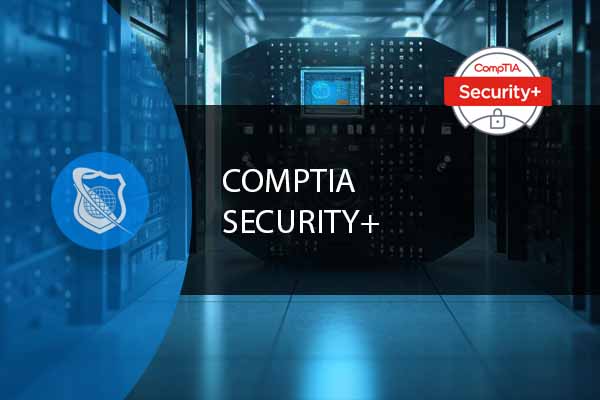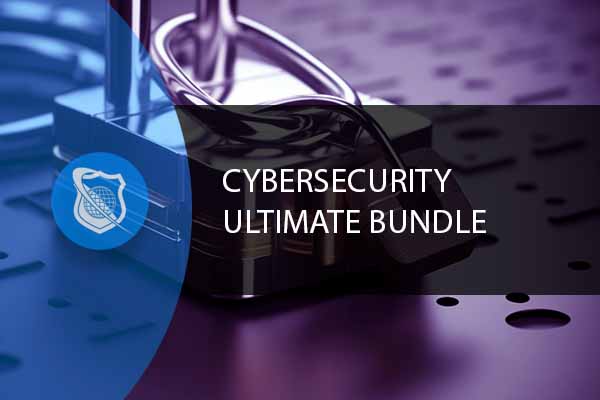In today’s digital landscape, where data breaches and cyber threats are on the rise, it is critical to follow password policy best practices ensuring strong password security has become paramount. A robust password policy is the first line of defense against unauthorized access and data breaches. Whether you’re an individual, a business, or an organization, implementing a solid password policy is crucial to safeguard sensitive information. In this blog, we’ll explore the best practices for creating and managing an effective password policy that enhances your digital security.
**1. ** Complexity is Key: Encourage Strong Passwords
A strong password is the foundation of a secure online presence. Encourage users to create passwords that are at least 12 characters long, combining uppercase and lowercase letters, numbers, and special characters. The more complex the password, the harder it is to crack.
2. Enforce Regular Password Changes
While the idea of frequent password changes has evolved over time, it’s still a good practice to prompt users to update their passwords periodically. Consider requiring password changes every 60 to 90 days. However, avoid enforcing changes too frequently, as this can lead to users creating weaker passwords out of frustration.
3. Implement Multi-Factor Authentication (MFA)
Multi-Factor Authentication adds an extra layer of security by requiring users to provide two or more pieces of evidence before granting access. This could be something they know (password), something they have (a texted code or authentication app), or something they are (fingerprint or facial recognition). MFA significantly reduces the risk of unauthorized access.
4. Say No to Default Passwords
Default passwords are a hacker’s delight. Ensure that all default passwords are changed immediately upon setup. Moreover, discourage the use of easily guessable passwords such as “123456” or “password,” which still make appearances on lists of the most commonly used passwords.
5. Educate Users About Phishing and Social Engineering
No matter how strong your password policy is, it’s useless if users fall for phishing attacks or social engineering scams. Provide regular training to educate users about recognizing suspicious emails, links, and requests for personal information. A vigilant user is your best defense against these types of attacks.
6. Keep Passwords Separate for Work and Personal Use
Employees should never use the same password for both work-related and personal accounts. If a personal account gets compromised, it could open a door to corporate data breaches. Encourage employees to maintain separate sets of strong passwords.
7. Use a Password Manager
Remembering complex passwords for various accounts can be overwhelming. A password manager can store all your passwords securely and generate strong passwords when needed. This eliminates the need to reuse passwords or write them down, both of which are risky practices.
8. Regularly Audit and Update Access Rights
Periodically review and revoke access rights for employees who no longer require them. This reduces the chances of unauthorized access due to outdated permissions.
9. Keep Up With Security Updates
Regularly update your systems, applications, and software to ensure you’re protected against known vulnerabilities. A well-maintained environment is less likely to fall victim to attacks.
10. Provide User-Friendly Support
Inevitably, users may encounter issues related to password resets or account access. Ensure your support team is readily available to assist users in a timely and helpful manner. Frustrated users might resort to unsafe practices if they feel locked out.
In conclusion, following password policy best practices is the cornerstone of digital security. By encouraging the use of complex passwords, implementing multi-factor authentication, educating users, and staying updated on the latest security trends, you can significantly reduce the risk of data breaches and unauthorized access. Remember, a collaborative effort between users, administrators, and IT teams is essential to maintain the highest level of digital protection.
Secure Your Networks and Prevent Password Breaches
Our robust CompTIA Sec+ course is the perfect resouce to ensure your company’s most valuable assets are safe. Up your security skills with this comprehensive course at an exceptional price.
Sample Password Policy Best Practices Template
Below is a sample Password Policy Best Practices template. Remember to tailor this sample policy to your organization’s specific requirements, industry regulations, and internal procedures. It’s crucial to communicate the policy effectively to all employees and provide regular training and reminders to ensure its successful implementation.
[Your Organization’s Name] Password Policy
Effective Date: [Date]
1. Purpose:
This policy outlines the requirements and guidelines for creating, managing, and using passwords within [Your Organization’s Name]. The purpose of this policy is to enhance the security of our digital assets and protect sensitive information from unauthorized access.
2. Scope:
This policy applies to all employees, contractors, vendors, and any other individuals who have access to [Your Organization’s Name] systems, networks, and applications.
3. Password Creation:
- Passwords must be a minimum of 12 characters in length.
- Passwords should include a mix of uppercase and lowercase letters, numbers, and special characters.
- Avoid using easily guessable information such as names, birthdays, and common words.
- Do not use consecutive keyboard characters (e.g., “12345” or “qwerty”).
4. Password Management:
- Do not share passwords with anyone, including colleagues and supervisors.
- Employees are responsible for maintaining the confidentiality of their passwords.
- Passwords must not be written down and left in plain view.
- Regularly update passwords every [timeframe, e.g., 90 days].
- Do not reuse passwords across different accounts or systems.
5. Multi-Factor Authentication (MFA):
- MFA must be enabled for all accounts whenever possible.
- MFA adds an extra layer of security by requiring an additional form of verification.
6. Default Passwords:
- All default passwords provided by [Your Organization’s Name] must be changed immediately upon account creation or system setup.
- Avoid using default passwords for any system, application, or device.
7. Phishing and Social Engineering:
- Be cautious of unsolicited emails, links, and attachments.
- Do not provide sensitive information in response to requests via email or phone.
- Report suspicious activities to the IT department.
8. Password Recovery and Reset:
- Employees who forget their passwords must follow the [Your Organization’s Name] password recovery process.
- Password resets can be initiated through [specified method, e.g., self-service portal or contacting IT support].
- Identity verification will be required before passwords are reset.
9. Access Review:
- Regularly review and update access rights for employees, contractors, and vendors.
- Revoking access rights promptly when no longer needed reduces the risk of unauthorized access.
10. Password Managers:
- [Your Organization’s Name] recommends the use of password managers to securely store and generate complex passwords.
11. Enforcement:
- Failure to comply with this policy may result in disciplinary action, up to and including termination of employment or contract.
12. Review and Updates:
- This policy will be reviewed annually and updated as needed to address changes in technology, regulations, and best practices.
By adhering to this password policy, we contribute to the overall security and integrity of [Your Organization’s Name] systems and information.
Move Your Career Forward With Cybersecurity Training
This comprehensive training series provides students with in-depth information to excel in the fastest growing sector in IT. Cybersecurity.
Frequently Asked Questions Relation To Password Best Practices
Why is it important to use complex passwords?
Complex passwords are harder for attackers to guess or crack through brute-force methods. They typically combine uppercase and lowercase letters, numbers, and special characters, making them significantly more secure than simple passwords.
How often should I change my passwords?
While the frequency of password changes has evolved, a general best practice is to update passwords every 60 to 90 days. Regular changes help mitigate the risk of unauthorized access, especially in case a password is compromised.
What is multi-factor authentication (MFA), and why should I use it?
Multi-factor authentication requires users to provide two or more forms of verification before accessing an account. This adds an extra layer of security beyond just a password. It could involve something the user knows (password), something they have (a code sent to their phone), or something they are (fingerprint or facial recognition). MFA significantly reduces the risk of unauthorized access, even if a password is compromised.
Can I reuse passwords across different accounts?
It’s strongly recommended not to reuse passwords across different accounts. If one account is breached, hackers could use the same password to gain access to other accounts you own. Using unique passwords for each account helps isolate potential security breaches.
How do password managers improve security?
Password managers are tools that securely store and manage your passwords. They generate complex and unique passwords for each of your accounts and eliminate the need to remember them. This reduces the temptation to use weak passwords or reuse them across multiple sites, enhancing overall security.













